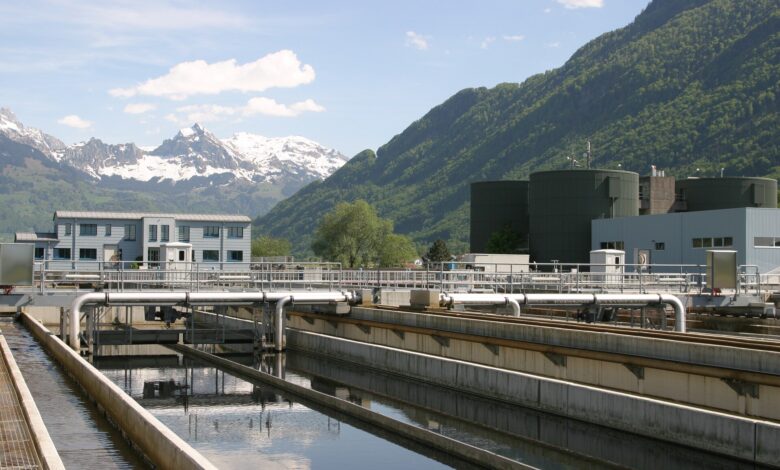Wastewater surveillance study suggests onsite monitoring could aid efforts against disease spread

Wastewater surveillance has proven to be a valuable tool in monitoring community health, especially during viral outbreaks. A recent study conducted in the U.K. by researchers from Untap Health and the University of Cambridge highlighted the benefits of site-specific wastewater monitoring for multiple pathogens.
By analyzing wastewater concentrations of viruses at five different sites, including an office, a charity center for the elderly, a museum, a university co-working space, and a care home, the researchers were able to identify local trends that were not captured in larger surveillance programs. The sites varied in community size and activities, allowing for a comprehensive analysis of the data collected.
The study focused on monitoring levels of viruses such as SARS-CoV-2, influenza A and B, RSV A and B, and norovirus GI and GII in wastewater. The results revealed interesting correlations between wastewater data and site-specific events, such as staff illness, cleaning practices, and holidays. In particular, the care home site, with limited contact with the larger community, showed unique trends that were not reflected in public health data.
Some of the sites involved in the study started using the wastewater data to inform disease prevention efforts, such as implementing enhanced cleaning routines and promoting hand hygiene practices. This proactive approach based on real-time data could help prevent disease spread and reduce the risk of outbreaks in these communities.
The researchers believe that near-source wastewater monitoring has the potential to provide tailored infection prevention and control measures at the local level. By scaling up this approach across different communities, it may be possible to detect and address health threats more effectively, ultimately reducing the impact of infectious diseases.
Overall, the study underscores the importance of site-specific wastewater surveillance as a complementary tool to traditional public health monitoring. By integrating this innovative approach into existing surveillance programs, communities can benefit from early warnings of disease trends and implement targeted interventions to protect public health.
For more information, the study is published in PLOS Global Public Health and can be accessed at DOI: 10.1371/journal.pgph.0004397. This research sheds light on the potential of wastewater surveillance in improving community health outcomes and highlights the need for further research to explore its full benefits.





